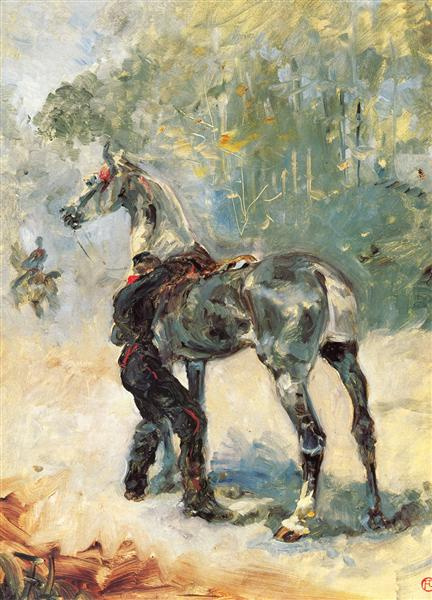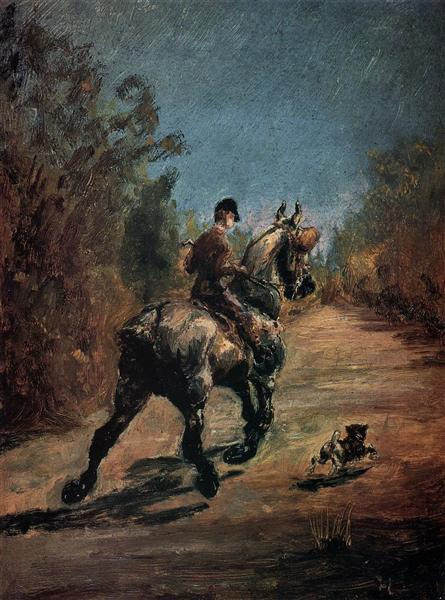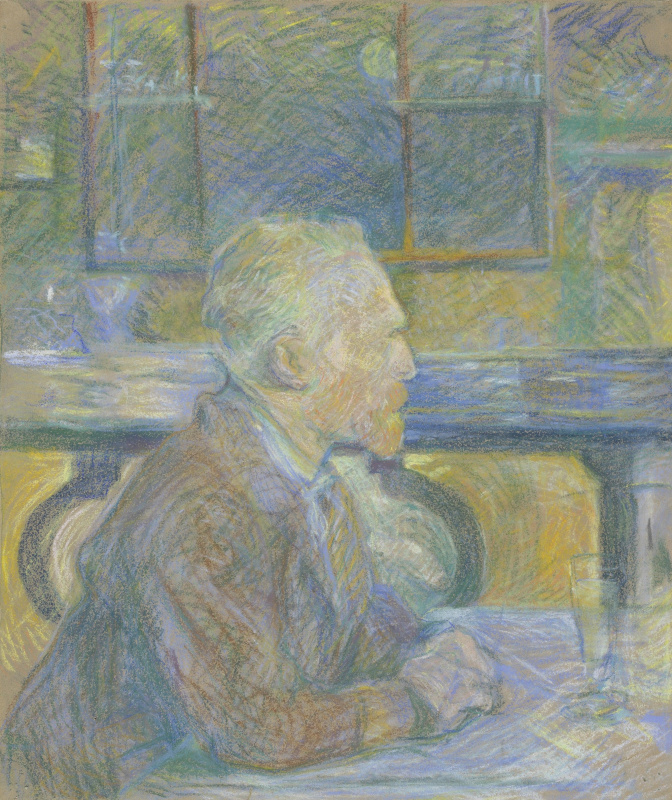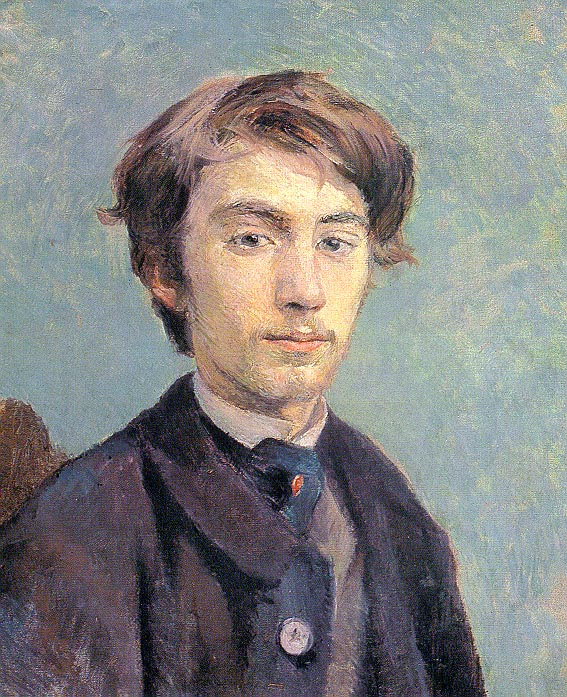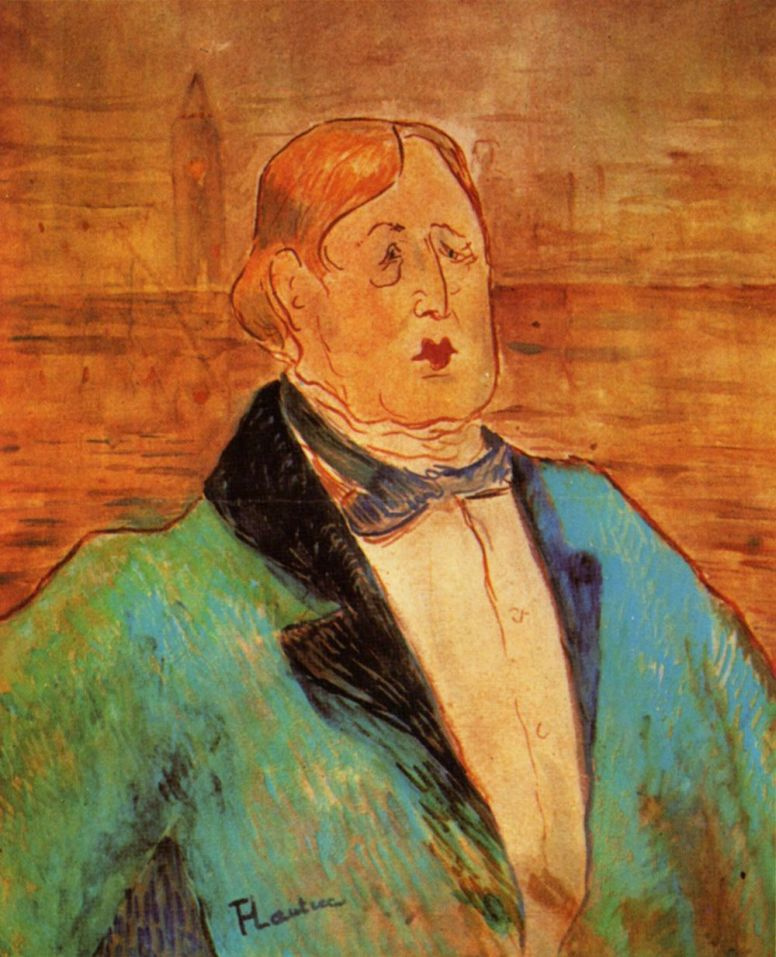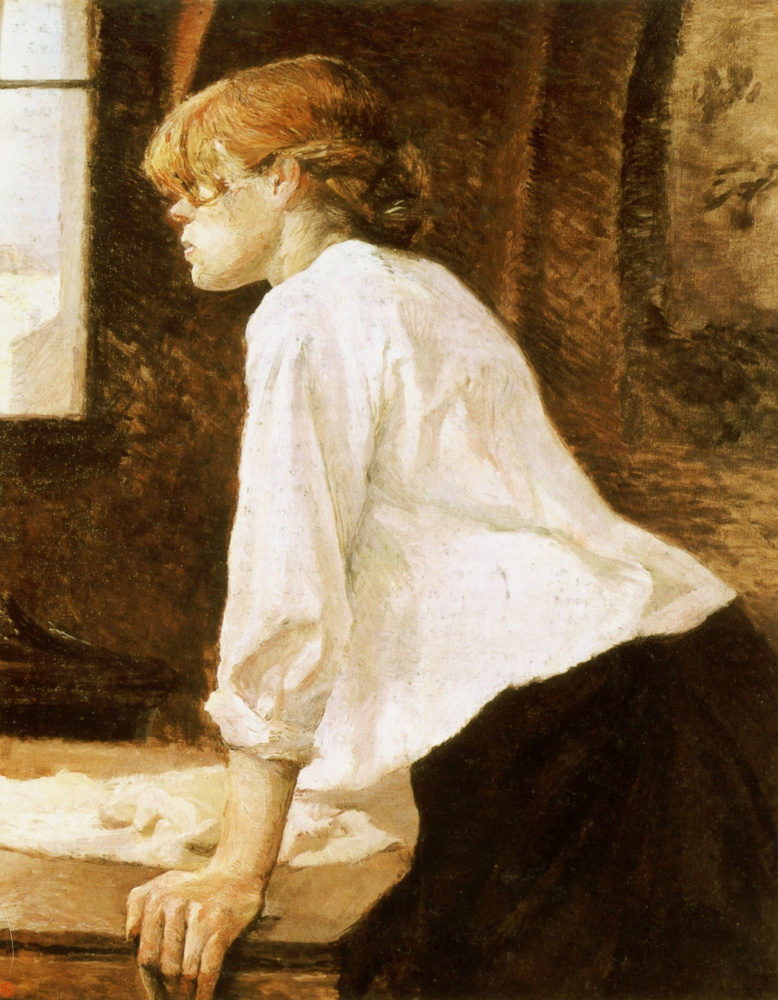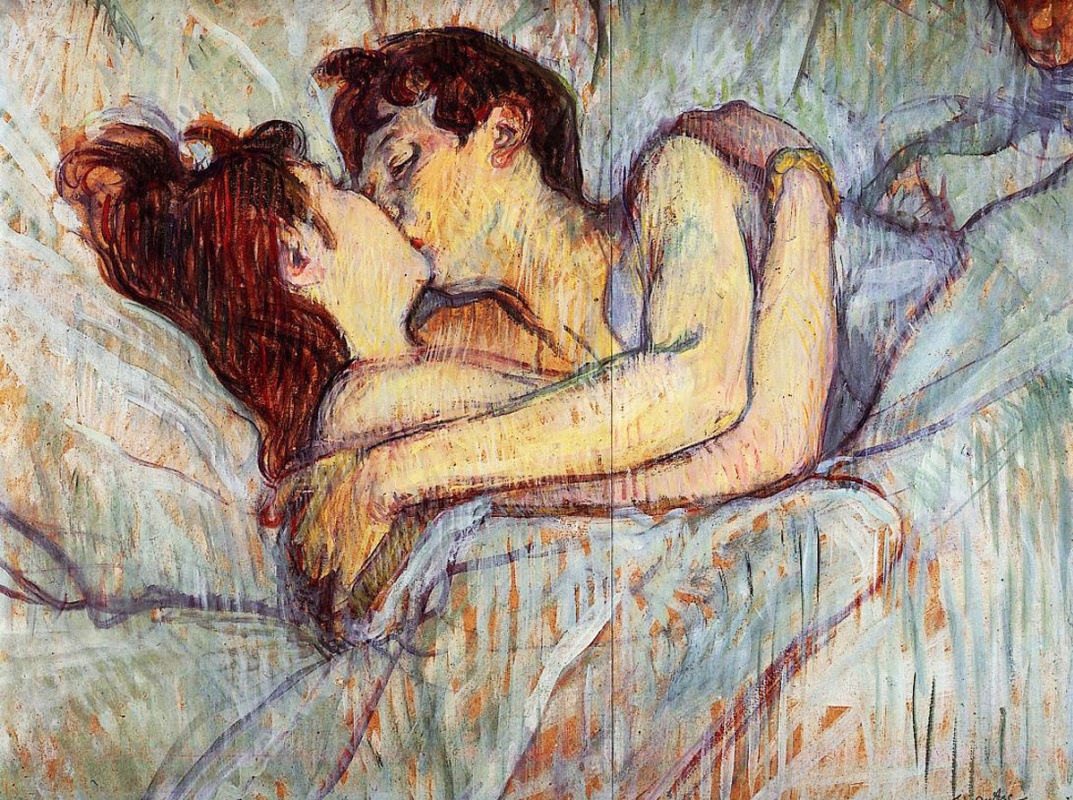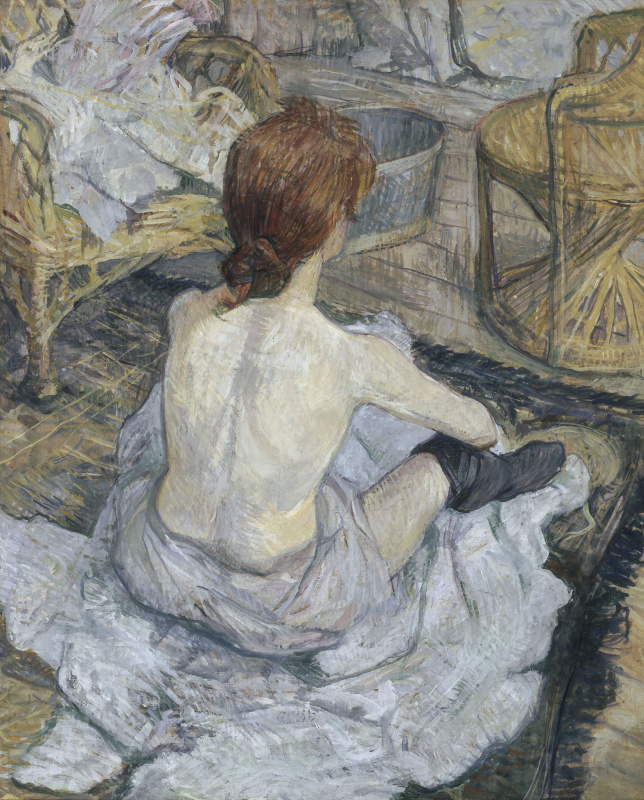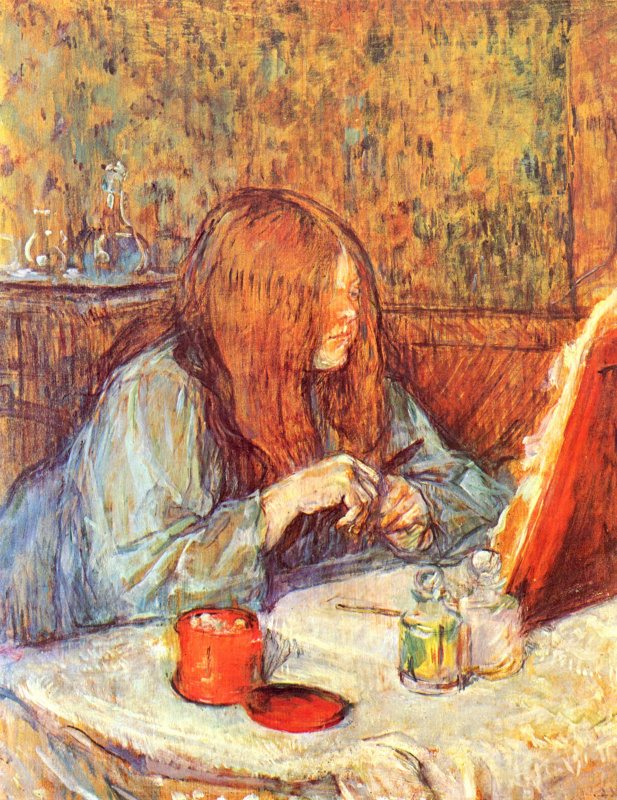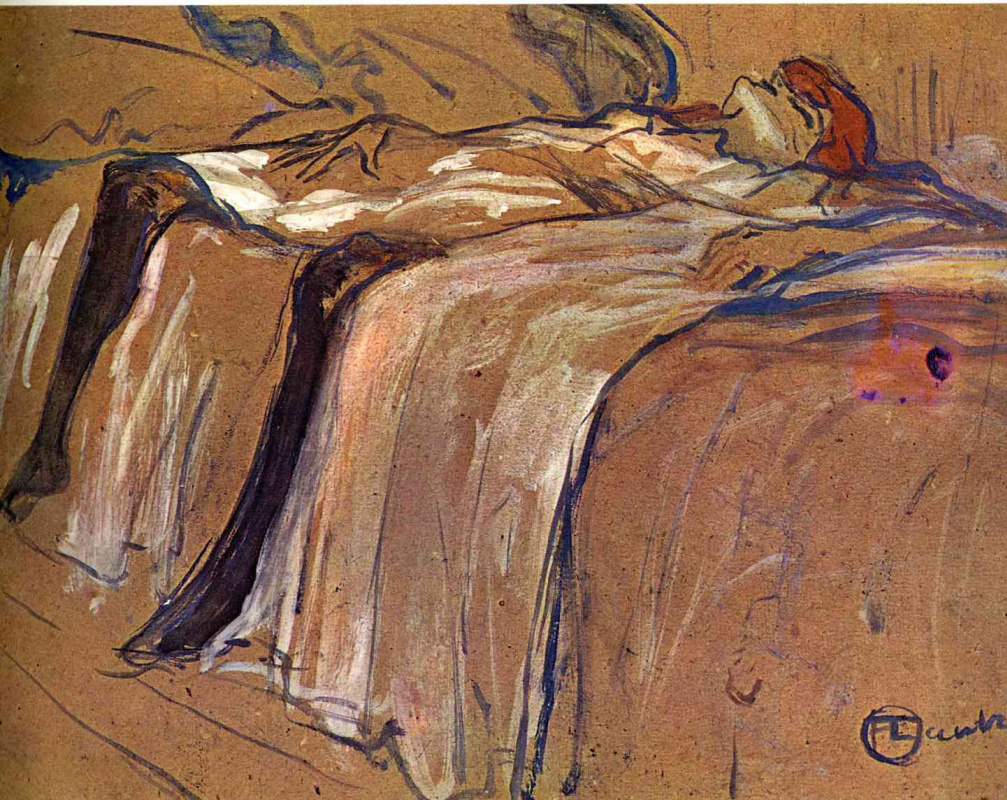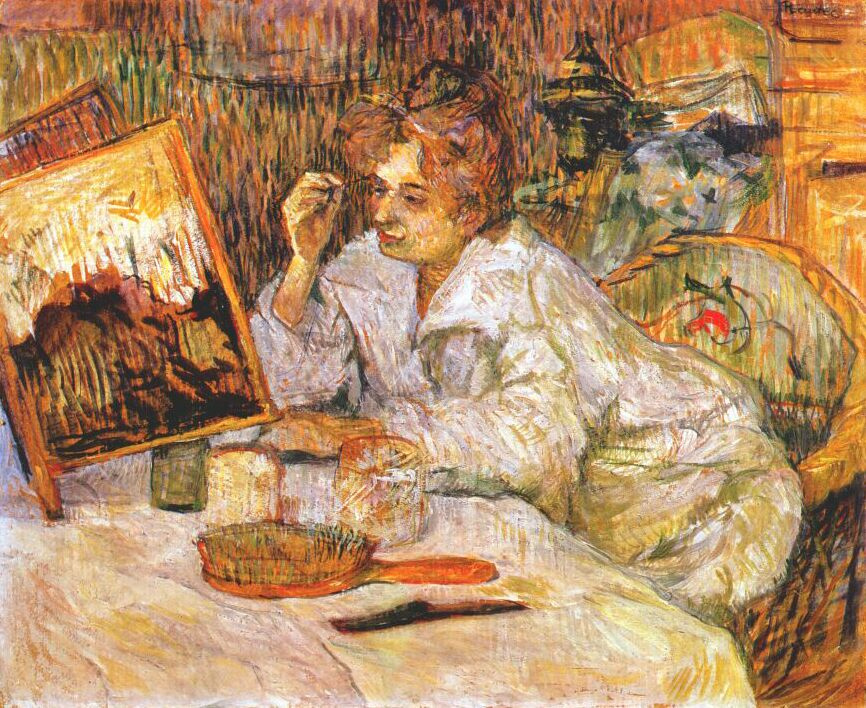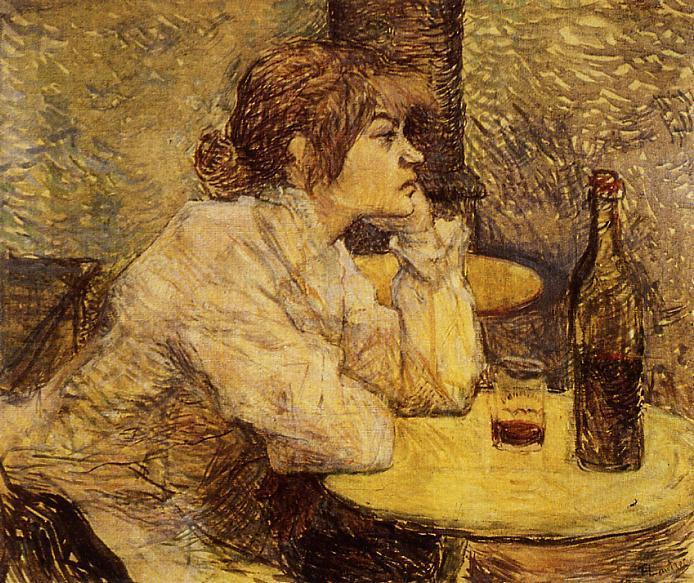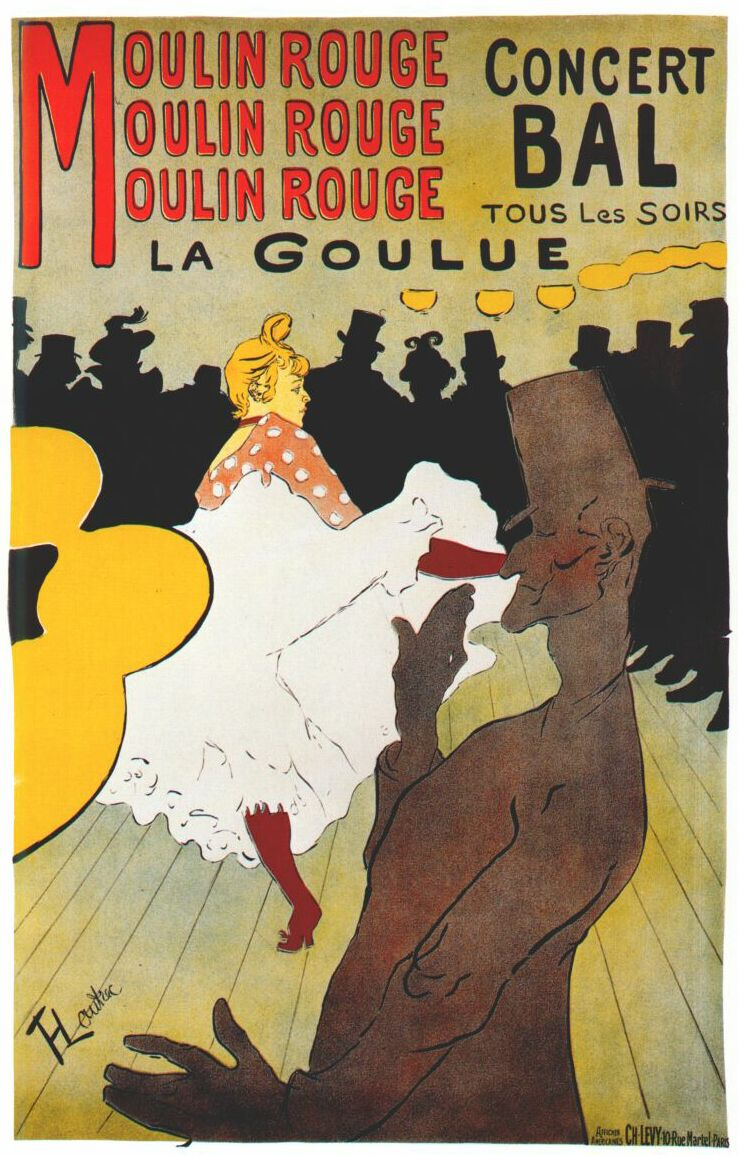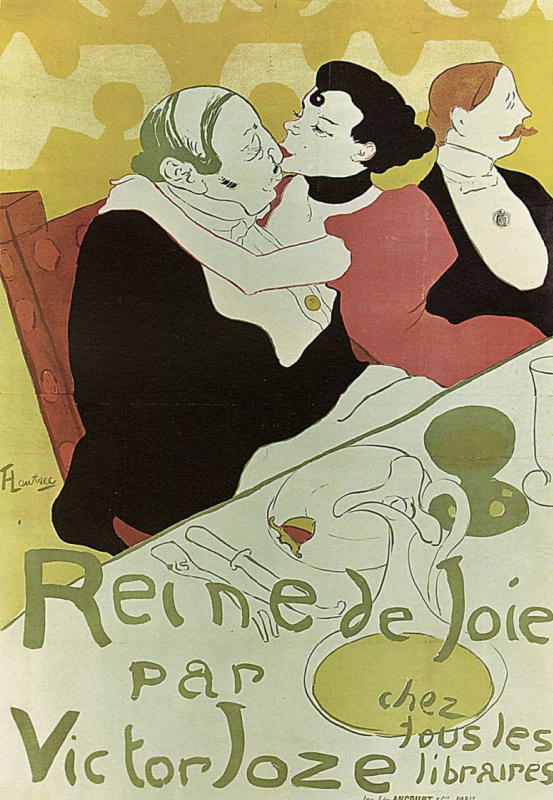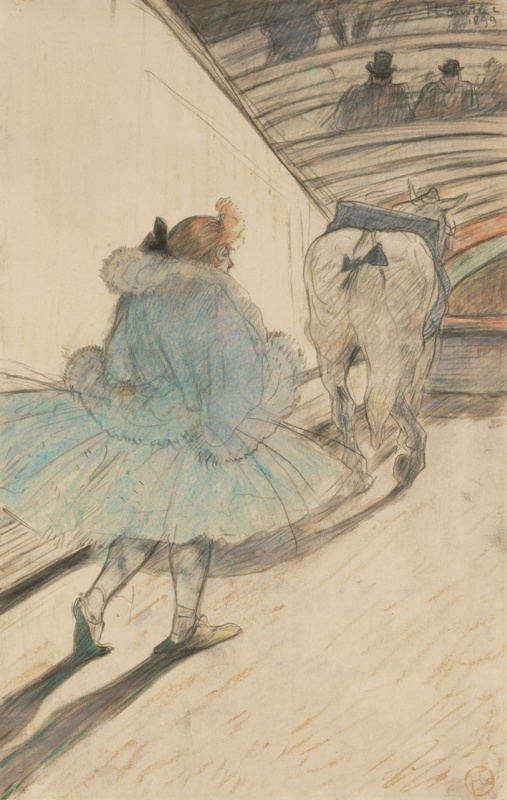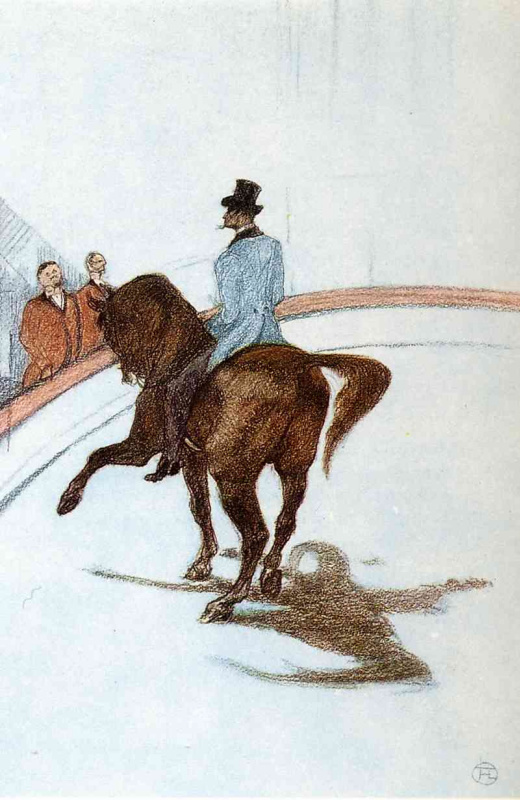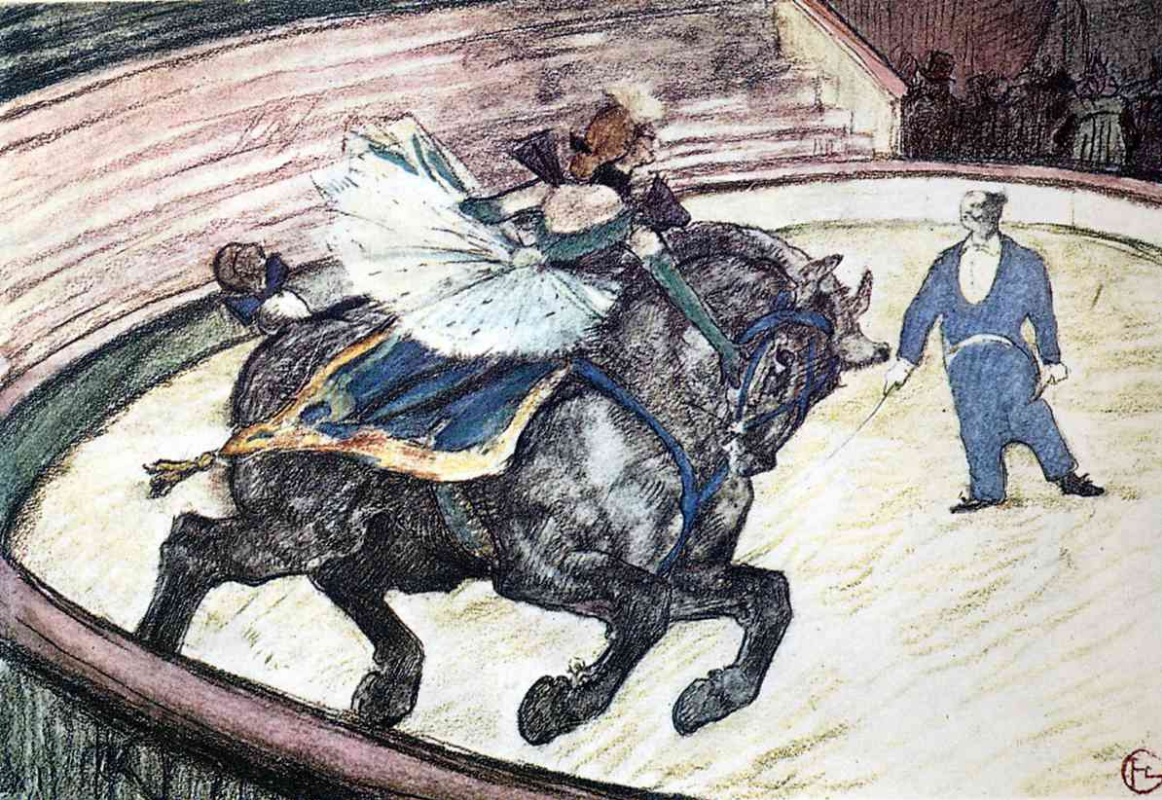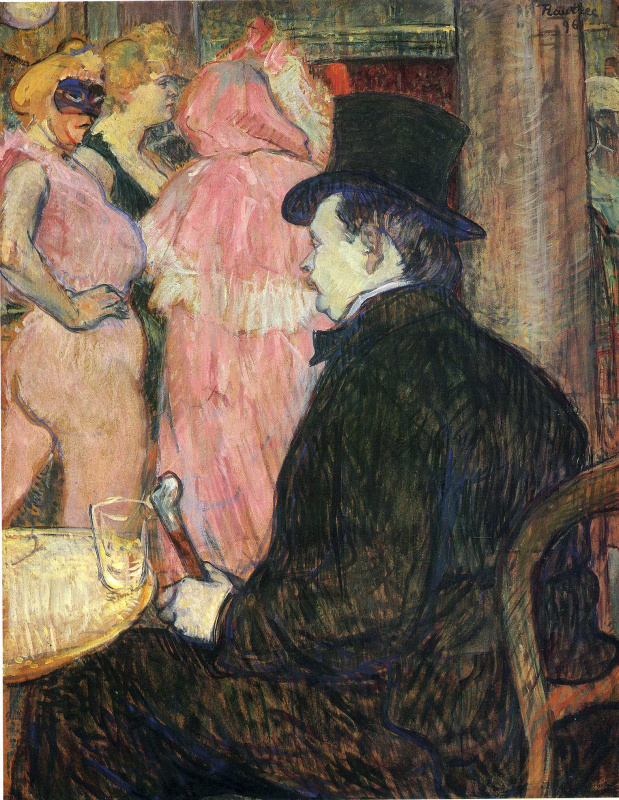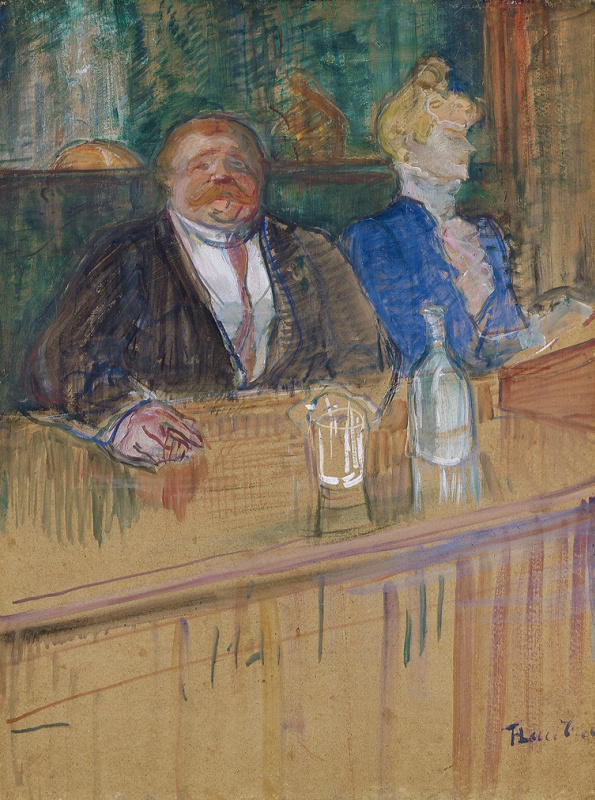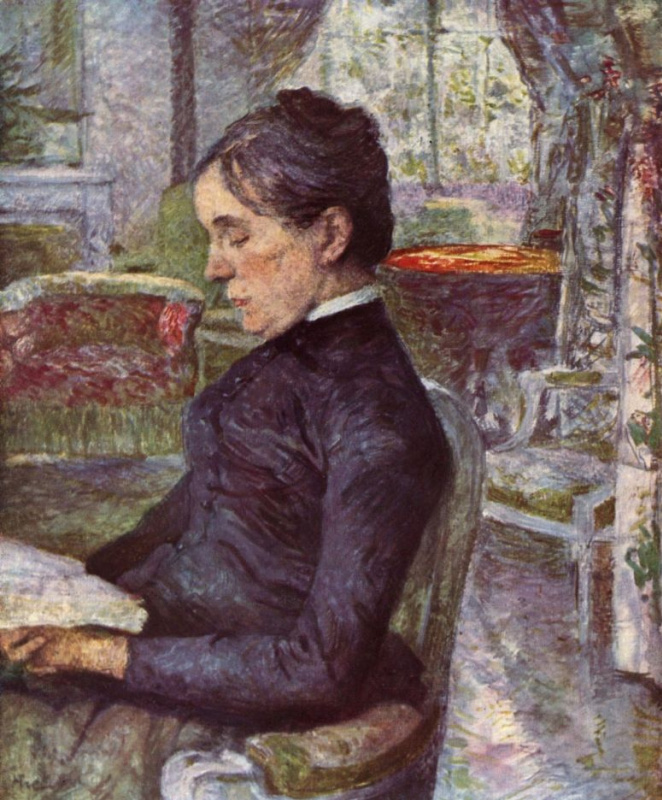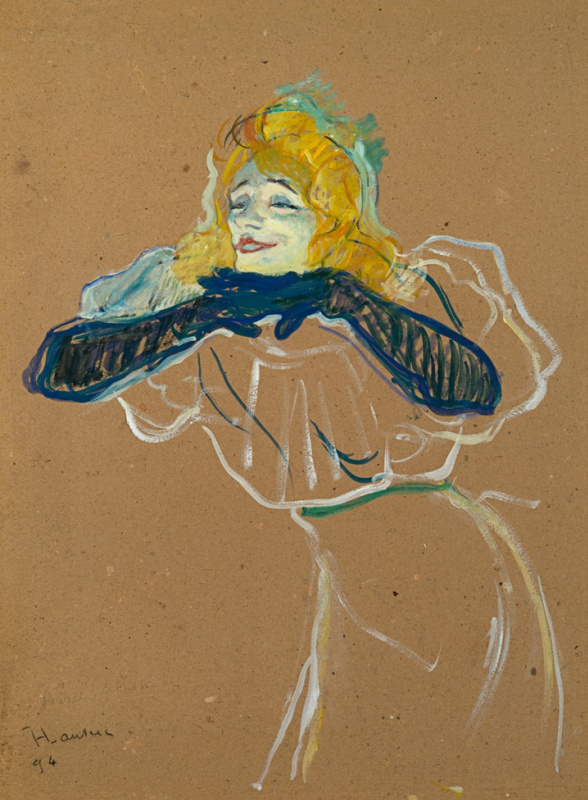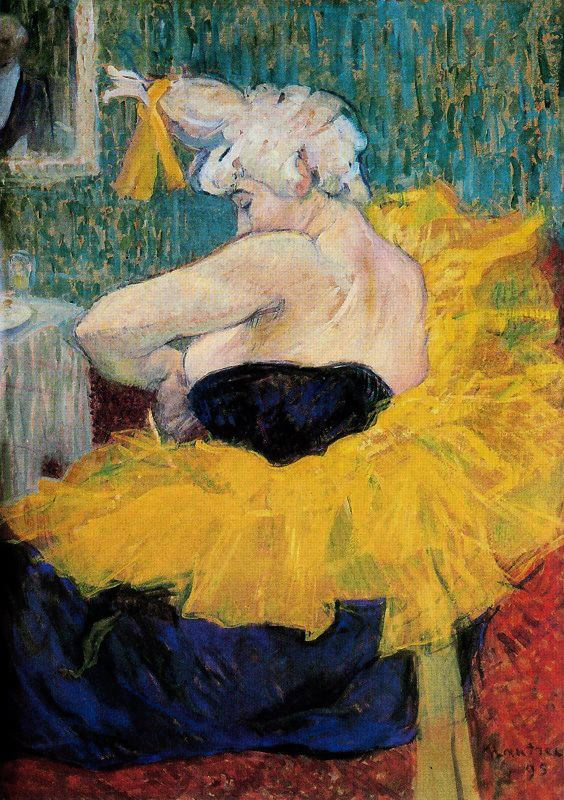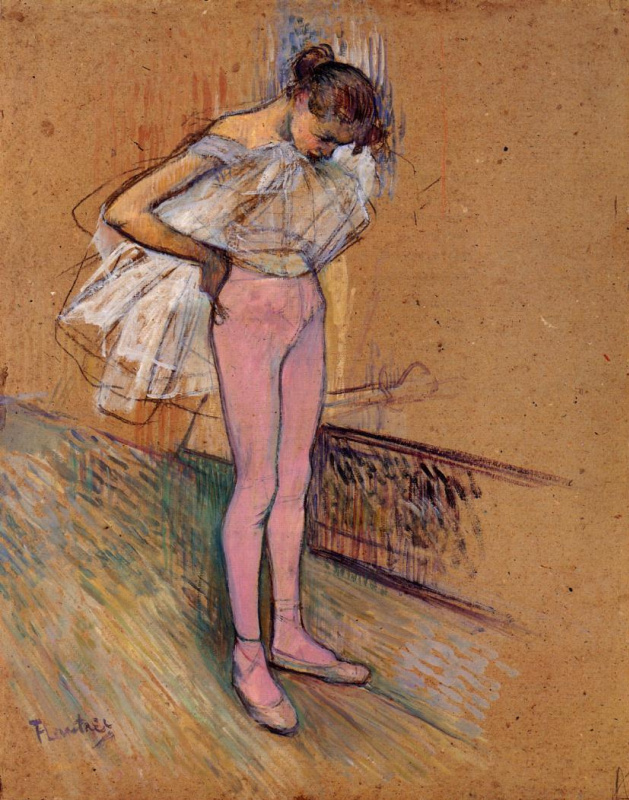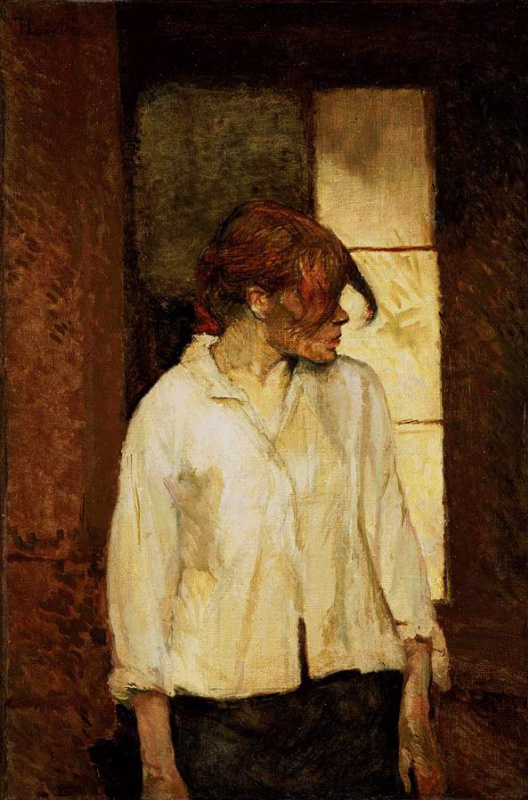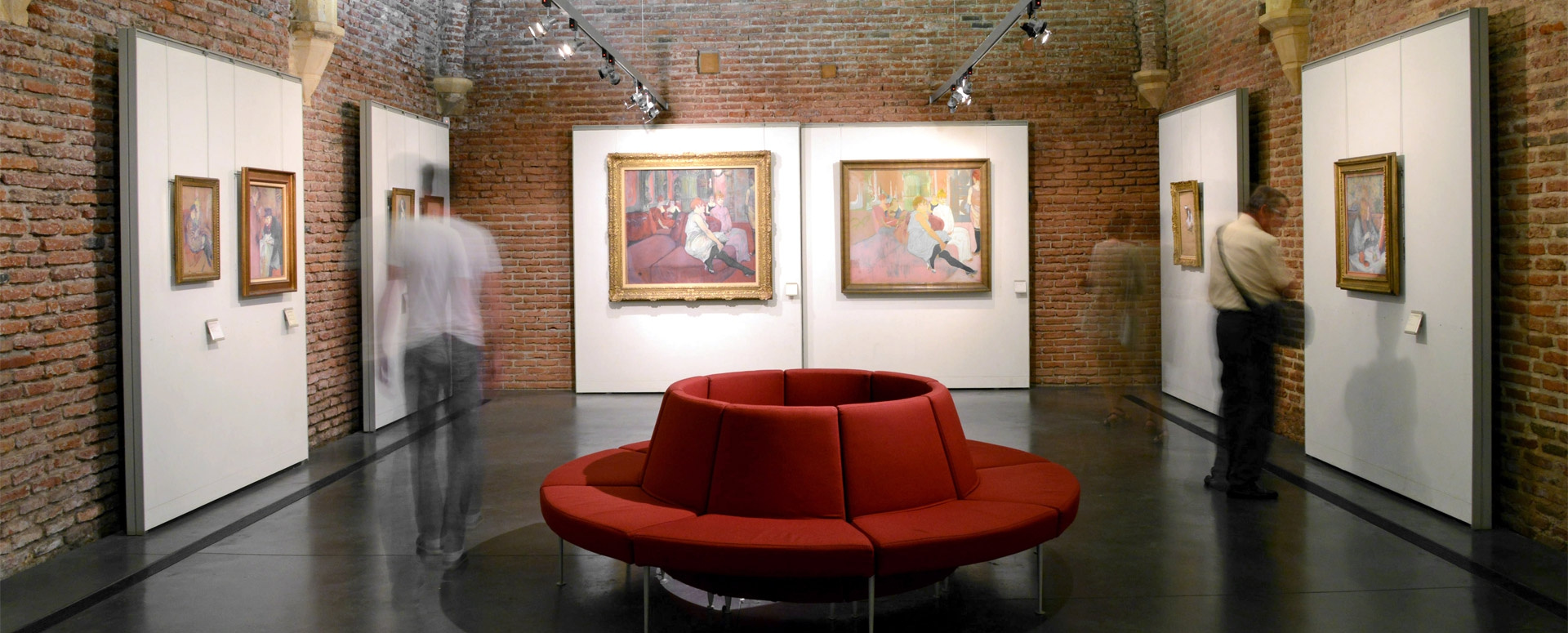Toulouse-Lautrec in Figures: One and a Half Barrels of Wine Annually and 5,084 Drawings over a Lifetime
In the fate of the artist Henri Toulouse-Lautrec, there were many fatal circumstances and events, but he was the one who had the greatest power of creation and destruction. A decadent count, an absinthe lover, a frequenter of cafés and cabarets, Lautrec was unhappy for a large part of his life. He hid his bitterness behind a mask of irony, hosted dinner parties, lived in brothels and painted over and over to leave a huge creative legacy and die at the age of 36. Today we are going to figure out what role the numbers played in the biography of the great Post-Impressionist, and what the numbers 152, 3000 and 1.5 meant for Lautrec.

24 years old was Countess Adele Tapier de Seleiran on the eve of the birth of her first child, Henri Marie Raymond. The boy was a welcome child in the aristocratic family of de Toulouse-Lautrec-Monfa, descended from King Charlemagne. The passion of the artist’s ancestors for preserving the "blood purity" only had a fatal effect on his life: the parents of the future painter were cousins to each other, and their incestuous relationship caused many Henri’s genetic diseases.
2 years old was Henri in 1867 when his brother Richard-Constantine was born. Legend has it that the gift of Toulouse-Lautrec first appeared at the baptism of the baby. When all the adults signed in the church book, Henri began to demand that he be allowed to put his sign too. The request was granted, and the boy drew an ox in the book so skilfully that surprised all adults. Unfortunately, just a year later, Henri’s brother died, and their parents divorced, leaving their now only child in the care of a nanny.
2 years old was Henri in 1867 when his brother Richard-Constantine was born. Legend has it that the gift of Toulouse-Lautrec first appeared at the baptism of the baby. When all the adults signed in the church book, Henri began to demand that he be allowed to put his sign too. The request was granted, and the boy drew an ox in the book so skilfully that surprised all adults. Unfortunately, just a year later, Henri’s brother died, and their parents divorced, leaving their now only child in the care of a nanny.

Henri Toulouse-Lautrec — Fishing Boat, 1880
5 years later, the boy moved from his ancestral nest to Paris, to his mother, where he entered the lyceum and began to make drawings and cartoons in his notebooks. Seeing them, the family realized that Henri had artistic talent. His father and uncle were amateur painters, so they supported the creative aspirations of the offspring.
152 cm high was Lautrec in adulthood. Since childhood, he had had many health problems, fragile bones and a deformed face. Modern scientists explain this by hereditary genetic diseases, as well as, possibly, congenital syphilis, which the artist got from his mother.
152 cm high was Lautrec in adulthood. Since childhood, he had had many health problems, fragile bones and a deformed face. Modern scientists explain this by hereditary genetic diseases, as well as, possibly, congenital syphilis, which the artist got from his mother.

Henri Toulouse-Lautrec — Self-Portrait, 1883
At the age of 13, Henri broke his right femoral neck leg, and a year later, his left one. After that, the youth’s legs stopped growing, although the upper body continued to develop. Physical flaws caused the painter both physical and moral suffering, which he hid all his life behind a mask of cheerfulness and self-irony.
Toulouse-Lautrec had 3 painting teachers. The first of them was the animal painter René Princeteau. At the time he started teaching to Henri, the artist was 37 years old, he was deaf from birth and adored horses. Lautrec himself also showed love for these animals: together with his father, he often attended circuses and horse races. Horses became a point of contact between teacher and student, and using their example, Princeteau taught Henri to masterfully convey movement in drawing.
Toulouse-Lautrec had 3 painting teachers. The first of them was the animal painter René Princeteau. At the time he started teaching to Henri, the artist was 37 years old, he was deaf from birth and adored horses. Lautrec himself also showed love for these animals: together with his father, he often attended circuses and horse races. Horses became a point of contact between teacher and student, and using their example, Princeteau taught Henri to masterfully convey movement in drawing.
For 2 years studied Toulouse-Lautrec with Princeteau, after which he left the family seat and went to Paris for the second time in his life. Henri’s mother dreamed that her son would become a sought-after and respected artist, and therefore used all her connections for young man to enter the studio of the famous academician Léon Bonn. Although, less than a year later, Lautrec changed his studio and began to study under Fernand Cormon, who gave his students more creative freedom.
Henri had 2 close friends in Paris: Émile Bernard and Vincent Van Gogh. Together they visited Cormon’s studio, together they painted from life, and together had they fun in drinking establishments. In one of these places, Lautrec painted a portrait of Van Gogh, capturing all the characteristic features of his friend — soon Henri’s ability to "capture nature" would bring him success in poster painting.
Henri had 2 close friends in Paris: Émile Bernard and Vincent Van Gogh. Together they visited Cormon’s studio, together they painted from life, and together had they fun in drinking establishments. In one of these places, Lautrec painted a portrait of Van Gogh, capturing all the characteristic features of his friend — soon Henri’s ability to "capture nature" would bring him success in poster painting.
Les XX (Les Vingt) was the name of the association of Belgian artists of the late 19th century, which organized exhibitions of the Impressionists and Post-Impressionists. Toulouse-Lautrec took part in the annual exhibitions of the group, as well as in exhibitions of the Salon des Indépendants and in the Paris Salon of the Hundred. In 1890, during a banquet on the occasion of an exhibition of the Les XX, Lautrec challenged the symbolist Henry de Groux who criticized the work of Van Gogh, to a duel. Fortunately, de Groux apologized, and the duel never took place.
3 personal exhibitions of the artist were organized during his lifetime: in 1893 and 1896 in Paris, as well as in 1898 in London. Lautrec considered himself an Anglophile, and visited the British capital multiple times: there he fulfilled orders for posters, and also maintained friendly relations with the graphic artist Aubrey Beardsley and the writer Oscar Wilde.
3 personal exhibitions of the artist were organized during his lifetime: in 1893 and 1896 in Paris, as well as in 1898 in London. Lautrec considered himself an Anglophile, and visited the British capital multiple times: there he fulfilled orders for posters, and also maintained friendly relations with the graphic artist Aubrey Beardsley and the writer Oscar Wilde.
Portrait Of Oscar Wilde
1895, 58.5×48 cm
$ 22.4 million was the price of Toulouse-Lautrec's most expensive painting, which was auctioned at Christie’s in 2005. It was La Blanchisseuse, a canvas of 1886 depicting one of the artist’s favourite models, the prostitute Carmen Gaudin. Henri called the girl Rosa la Rouge, and their relationship was by no means platonic. It is believed that it was Carmen who infected the painter with syphilis.
The Laundress
1886, 93×75 cm
About 100 drawings and 50 paintings by Lautrec depict girls from the brothel on the rue Amboise he often visited and even lived for some time. The artist was allowed to women’s rooms at any time, watched them changing, gave gifts, played cards with them, and simply conducted intimate conversations. Of course, there were Henri’s mistresses among the prostitutes; it is worth mentioning Mireille from the rue Amboise, Marie Charlet, or the same Carmen Gaudin. But there still was something else at the heart of his interest in such girls. Toulouse-Lautrec himself once exclaimed: "Finally I found women not taller than me!"
47×55.3 cm is the size of the Hangover canvas, on which Lautrec depicted the artist Suzanne Valadon. Suzanne and Henri are said to be lovers, and the girl was even allegedly going to marry the painter. After some time, they parted, but her new name remained with her forever, whereas the woman’s name was Marie-Clementine before she met Lautrec.
Hangover
1889, 47×55.3 cm
0 francs — so much it has cost the artist to visit the Moulin Rouge since he created the first advertising poster
for a cabaret in 1891. Henri portrayed the dancers La Goulue and Valentin Beskostny on it. Later, other artists of the cabaret appeared on his posters: singer Yvette Guilbert, clowness Cha-U-Kao, chansonnier Aristide Bruant and dancer Jane Avril. All of them have become the signature works of Toulouse-Lautrec.
Moulin Rouge-La Goulue
1891, 189.9×116.5 cm
3 thousand copies of the first poster
were hung all over Paris and attracted crowds to the Moulin Rouge. Since then, the painter has created another 30 advertising posters using the technique of lithography.
About 350 prints and posters were made by Toulouse-Lautrec within the period from 1891 to 1899, having a great influence on the formation of the Art Nouveau graphic language. The artist became interested in lithography under the influence of Japanese engraving , which was popular among Post-Impressionists. The largest series, made in this technique, Café Concert, consisted of 11 prints and was replicated for pop lovers during Lautrec’s lifetime in huge quantities.
About 350 prints and posters were made by Toulouse-Lautrec within the period from 1891 to 1899, having a great influence on the formation of the Art Nouveau graphic language. The artist became interested in lithography under the influence of Japanese engraving , which was popular among Post-Impressionists. The largest series, made in this technique, Café Concert, consisted of 11 prints and was replicated for pop lovers during Lautrec’s lifetime in huge quantities.
Henri made 39 drawings in pastel and chalk on a circus theme during his three-month stay in a sanatorium in the Neuilly-sur-Seine commune. There he was treated for psychosis caused by alcoholism: the aging painter drank more and more alcohol. The circus theme was one of the most important in Lautrec’s work, it also helped him break free: seeing the artist’s drawings, the doctors decided that his condition had stabilized.
1 cane: it was the eternal companion of Toulouse-Lautrec, since after the fractures received in adolescence, he could hardly move. The same cane became a disguised flask when his mother assigned a companion to him after Henri’s stay in the sanatorium. The attendant made sure that the artist did not drink alcohol, but he poured half a litre of brandy into his "liqueur stick" every morning and drank it throughout the day.
2 ingredients constitute the Earthquake cocktail, the invention of which is attributed to Lautrec. To make it, the painter mixed absinthe and cognac in 3:3 ratio and served it in a wine goblet. After such a drink, few could stand on their feet, which is reflected in its name. In general, Henri was a passionate culinary specialist: he cooked delicious dishes and cocktails, and also loved to invite friends to great feasts.
1.5 barrels of wine were sent to the artist annually from his home. In addition, he received aged cognac, game, homemade preparations and other food from family estates, which he used to create delicacies. After the death of Lautrec, a book of his culinary recipes was published, among which you can find special recipes to cook guinea pigs, marmots, pigeons and grasshoppers.
2 ingredients constitute the Earthquake cocktail, the invention of which is attributed to Lautrec. To make it, the painter mixed absinthe and cognac in 3:3 ratio and served it in a wine goblet. After such a drink, few could stand on their feet, which is reflected in its name. In general, Henri was a passionate culinary specialist: he cooked delicious dishes and cocktails, and also loved to invite friends to great feasts.
1.5 barrels of wine were sent to the artist annually from his home. In addition, he received aged cognac, game, homemade preparations and other food from family estates, which he used to create delicacies. After the death of Lautrec, a book of his culinary recipes was published, among which you can find special recipes to cook guinea pigs, marmots, pigeons and grasshoppers.
Henri Toulouse-Lautrec died 3 months before his 37th birthday. He died of complications from alcoholism and syphilis in the arms of his mother on the estate of Château Malromé. In the last months of his life, the artist was confined to a wheelchair and almost didn’t paint.
The last 2 phrases uttered by the artist on his deathbed were addressed to his father. Toulouse-Lautrec's relationship with his family was difficult: the closest person for him was his mother, who always supported her son, whereas the father appeared in the painter’s life from time to time and did not appreciate his art at all. Nevertheless, Count Alphonse arrived at the château shortly before Henri’s death to hear the following words from his son: "I knew, papa, that you would not miss death. Old fool!"
The last 2 phrases uttered by the artist on his deathbed were addressed to his father. Toulouse-Lautrec's relationship with his family was difficult: the closest person for him was his mother, who always supported her son, whereas the father appeared in the painter’s life from time to time and did not appreciate his art at all. Nevertheless, Count Alphonse arrived at the château shortly before Henri’s death to hear the following words from his son: "I knew, papa, that you would not miss death. Old fool!"
Henri Toulouse-Lautrec's creative life lasted less than 20 years. During this period, he created 737 paintings, 275 watercolours, 363 prints and posters, 5084 drawings, several ceramics and stained glass windows.
More than 1000 of her son’s works and some funds were donated by Countess Adele to the Berbie Museum in Albi to exhibit Henri’s collection there. Now there is the world’s only museum of Toulouse-Lautrec in Berbie.
19th century: in his works, the artist captured a whole layer of French culture of the late 19th century, of which he himself became an integral part.






